If I could have a conversation with my younger self, I’d love to share some of the lessons I’ve learned over the years that would have helped me along my creative journey. I feel these lessons are worth sharing to help you (and other beginner artists) build a strong creative foundation and enhance your learning experience.
So, if you’re just starting out, or still consider yourself a beginner who would like to get a kickstart on your creative journey, here are 7 Things I Wish I Knew as a Beginner Artist.
1. Embrace Failure
You are going to fail… often 😖. BUT failure is a good thing! Despite how it looks and feels, failure is actually the secret key to success that beginners often miss since it doesn’t feel good or look fun.
It is important to remember that success is not a linear path, but rather a journey filled with ups and downs. Failure is an inevitable part of this journey, but it is how we respond to failure that makes all the difference.
Walt Disney was fired from his job at the Kansas City Star because he “lacked imagination” and “had no good ideas.” He went on to create a $48-billion-dollar business, won 26 Oscars, and created one of the most recognized cartoon characters in the world. 🐁
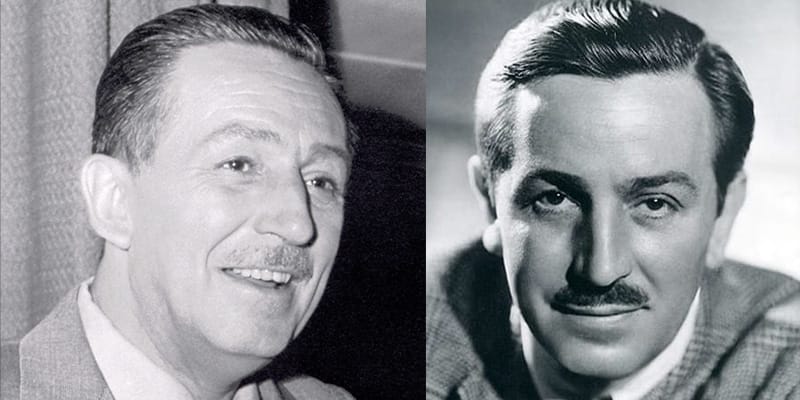
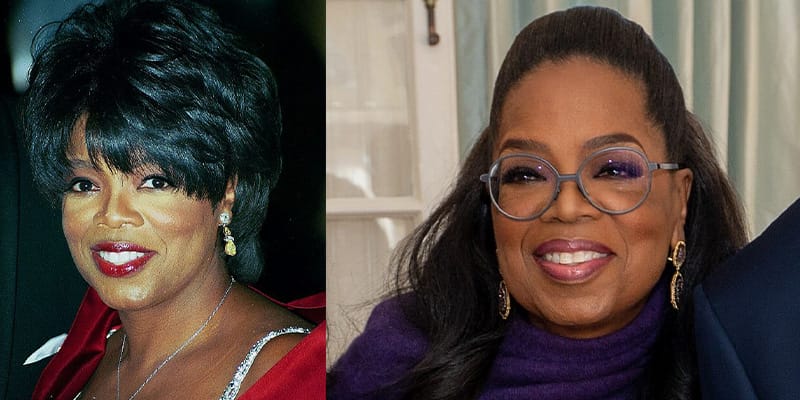
Images courtesy of Maryland GovPics and John Mathew Smith
Oprah Winfrey was also fired from her job as an evening news reporter at Baltimore’s WJZ-TV because she was “unfit for television news.” The Oprah Winfrey Show went on to gross $125 million in the first year alone. Her guests often found their success after appearing on her show, which became known as “The Oprah Effect.”
Jerry Seinfeld froze in front of his audience when he first tried standup comedy and was booed off stage. He then began making $20,000 per episode on ‘Seinfeld’, which later ramped up to $1 million per episode by the final season. Recently, in 2021, Netflix bought the worldwide rights to the show for $500 million! Not bad for a show about nothing 🤷♀️.
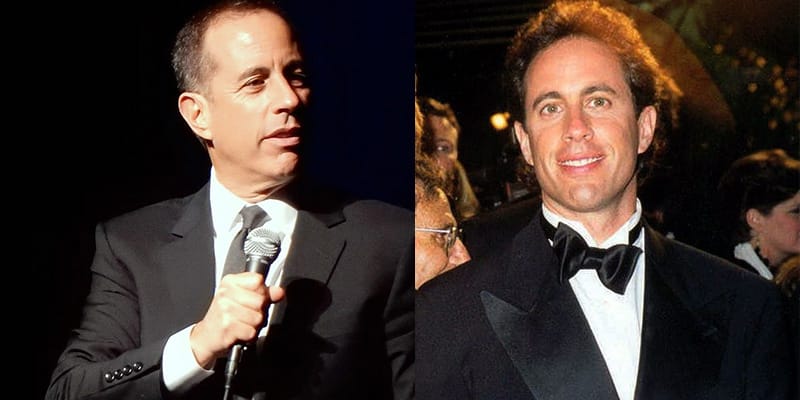
photo by Alan Light and slgckgc – Flickr
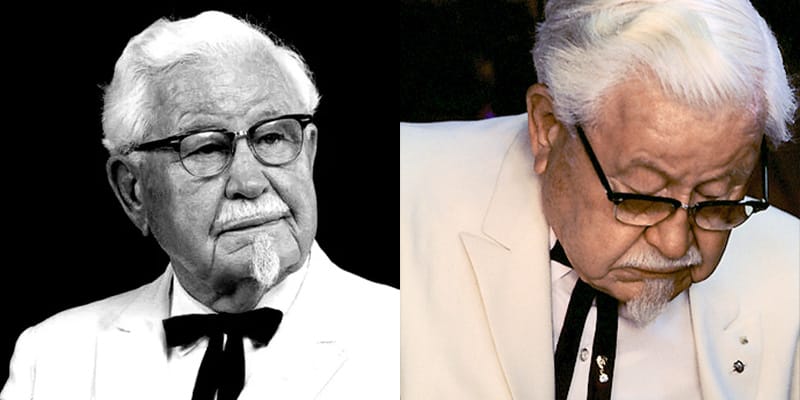
Image courtesy of Edgy01 at English Wikipedia
Colonel Sanders’ Kentucky Fried Chicken recipe was rejected by 1,009 restaurants before he finally sold it at 74 years of age for $2 million. KFC has now become a global company with over 55,000 restaurants worldwide, and Colonel Sanders remains honored to this day, with his likeness being used in all the company’s logos and advertisements.
Each of these well-known celebrities “failed” on their first try. Some of them failed many, many times! So how did these people find such huge success despite the failures that would crush the dreams of most people?
They didn’t give up. They pushed through their failure and found success on the other end. This was the key to their success, and it can also be the key to yours.
Failure is never easy, and it can be incredibly disappointing. But more often than not, failure is also a massive learning opportunity, especially for artists.
It’s often not failure that holds us back, but the fear of failure. When we are afraid of failure, we take smaller risks, stay in our comfort zone, and don’t try new things. What matters isn’t whether we fail, but how we react to this failure when our turn comes.
The biggest shift in my own creativity was when I started to embrace failure. I began to welcome failure as a part of the process. I would start a project, fully prepared that everything could go wrong, and do it anyway. Embracing failure gives you permission to try new things, have fun, and experiment with different mediums, ideas, and art styles that you might not feel brave enough to try otherwise. I’m always experimenting and problem-solving, and I wouldn’t do any of this if I let the fear of failure determine my decisions.
Experimentation comes with risks. Sometimes the result of a project can be a total mess (I’ve been there). But being brave and embracing failure can lead to exciting discoveries that will level up your creativity faster than if you never took that risk in the first place. Welcoming your mistakes as a part of the creative process instead of running from them will give you more confidence and help you to think and create outside the box.
This doesn’t mean failure isn’t disappointing. But it’s better to try and fail than to never have tried. Your goals may be closer than you think!
2. Be Prepared for Rejection
Failure and rejection often go hand-in-hand. When you fail, there’s often someone ready to point it out.
Never let anyone tell you that you’re not good enough, not smart enough, or not creative enough to achieve your dreams and reach your goals. Instead, have fun with your art!
Don’t expect everyone to love what you do. Even the best artists in the world get haters and critics.
Especially with social media making it SO easy to have opinions these days and hate comments are everywhere. If you start putting your work out in the public eye, expect to attract some unwanted comments and unfair criticism – but don’t let that stop you.
Your art is an inspiration. And for every careless or rude comment, there are hundreds of people who are encouraged by your art and inspired by your talent and courage to share it with the world, even when they don’t comment.
It’s good to consider constructive feedback that can help you grow and improve your skills, but it is important to choose who you listen to carefully and to learn to ignore inappropriate criticism.
It’s worth repeating: Never let anyone tell you that you’re not smart enough, good enough, or creative enough to reach your dreams or goals.
3. It’s Okay to Break the Rules
Rules exist in art, but they can be broken.
Yes, there are people out there who believe art should be done a certain way, within certain rules, and there’s no room to move beyond those. These people can be quite vocal about these beliefs, and sometimes their comments can be disheartening.
I don’t believe in being creative within a box. I am a BIG believer in breaking the rules when it comes to art. However – breaking the rules of art is not an excuse to be sloppy or lazy. I think Picasso said this best – “Learn the rules like a pro, so you can break them like an artist.”
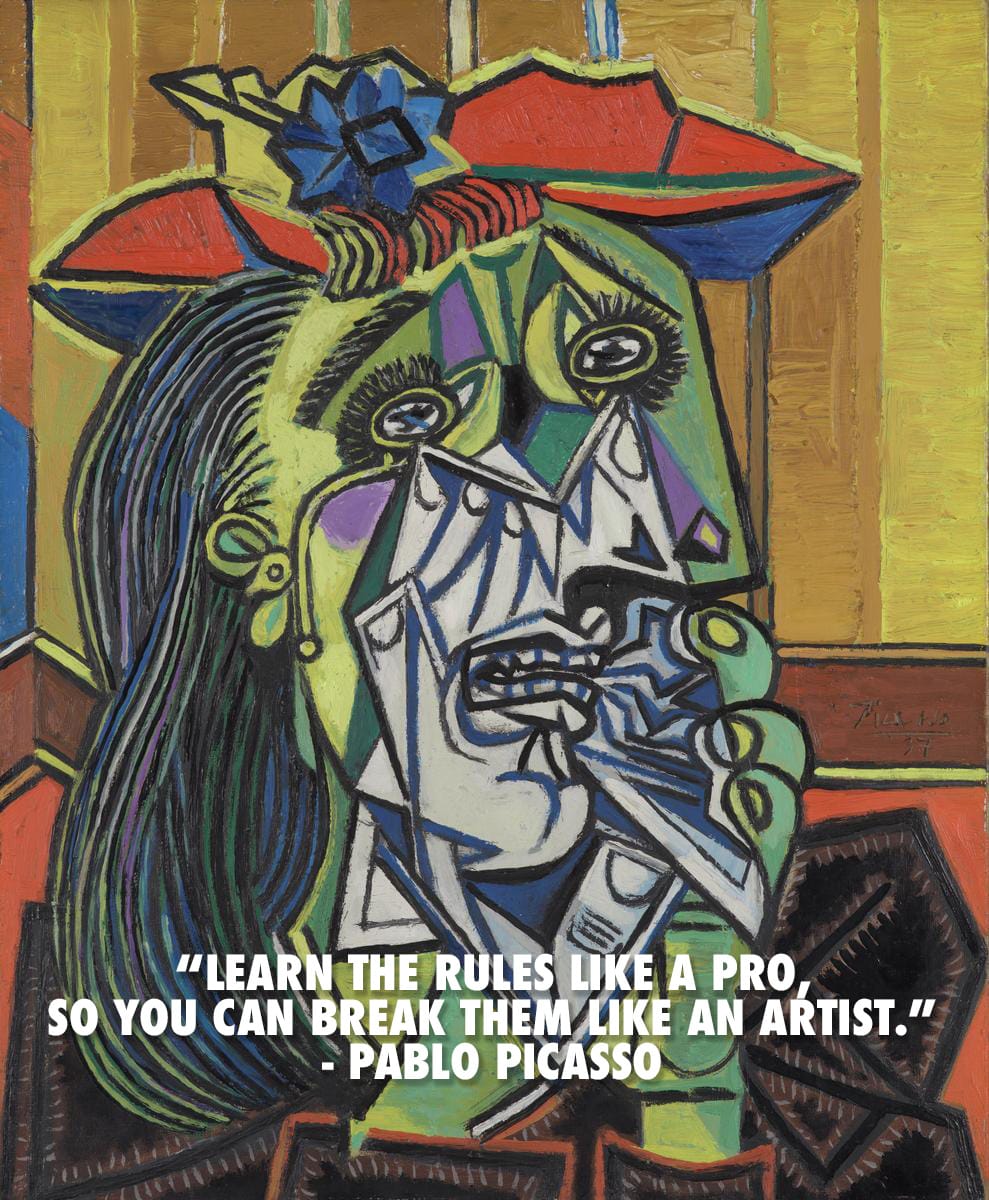
Rules are useful. They provide us with an important foundation to help us create. If you’re drawing people, take the time to learn the rules of anatomy. If you’re into graphic design, learn the rules around composition and balance. The more you learn about color theory, perspective, lighting techniques – or whatever is relevant to your art style – the more you will improve. As you gain a better understanding of the rules of art, you will also gain the ability to ‘break’ them successfully.
Don’t use breaking the rules as an excuse not to learn them but learn them so you have a greater understanding of the “box” you are breaking out of.
I often hold my pencil the “wrong” way and use different tools incorrectly, but I shouldn’t let that stop me from creating, and neither should you.
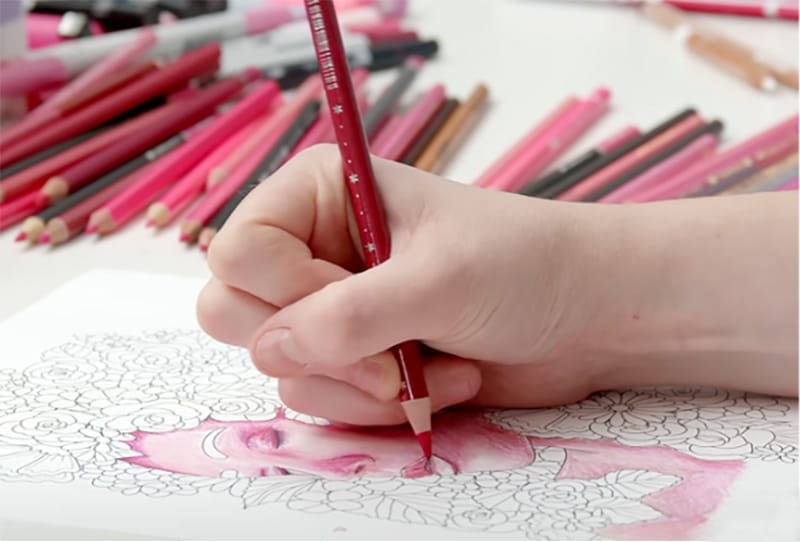
IS THIS WRONG…?
There are a lot of things to learn about art, many of which take years to learn. We can’t all become experts before we start drawing and experimenting for ourselves, it’s about learning as we go. Let the rules of art help you improve your technique and understand of the foundations of art in culture, but don’t let that stop you from picking up a tool and learning kinesthetically without taking a formal art class or graduating from art school first.
Most of all, know that there is no wrong way to be creative; just be yourself. ☺️
4. Surround Yourself with Creative People
You might not have friends who can come and draw with you, but you do have access to a global network of artists, creatives, and visionaries who can inspire you!
Watching other artists create – even if they aren’t using the same medium as you – can teach you so much about the process of creativity. You can learn about lighting techniques, shadows, and highlights and start cultivating your own ‘artist mindset.’
Even watching YouTube videos in the background while you create can encourage and inspire you in your artistic journey so make sure you subscribe to your favorite artists.
What’s important is finding people whom you can learn, get inspiration, or be encouraged from. I couldn’t even begin to list the lessons I’ve learned by simply consuming creative content from others who are also on this creative journey. Remember, they were all beginners once too!
5. Don’t Compare Your Journey to Someone Else’s Highlight Reel
It’s so easy to look at a professional masterpiece and feel like the skill gap is so wide between yourself and the art you aspire to create. It can be disheartening, or even paralyzing. You may find yourself thinking “I’ll never be that good”, or “I wish I could draw like that.” But we must remind ourselves again (It’s so important!) that these experts started as beginners too!
Usually, the people we are comparing ourselves to have been building their skills for years; they’re often professionals who draw every day and have built up their skills through an enormous number of hours of practice and training. Don’t discourage yourself by comparing your work to a pro or someone who has been creating art for years. Be kind to yourself and remember that you’re just starting out. With time, dedication, and training, there’s every chance you can create amazing art too.
Patience is key. You’re not going to become an expert overnight. The journey takes time.
One of the biggest mistakes I made as a new artist was rushing to complete my art. Even now, my best colored-pencil pieces take around 10-15 hours to complete. But the art I aspire to create – the art I see online – often takes 150 hours or more! This feels like a big jump from where I’m at, even just the patience it would take. I don’t feel like I’m there yet… but maybe one day!
So instead of comparing and feeling disheartened, get excited by the potential of what you are learning to create. Let experienced artists help guide you and see their progress as a goal rather than a discouragement. Be patient with yourself and don’t rush your art. Aim for progress, not perfection. You will get a little better every time you create.
6. Build Creative Habits
You will have heard that practicing your craft every day is the fastest way to improve and develop your skills, and well, that’s probably true.
However, this is just not a realistic goal for some people (me included). If you can find a way to be creative every day, you will surprise yourself with how quickly your skills develop. But if you can’t, don’t be too hard on yourself, just try to create a regular routine to stretch and get used to your creative muscles.
Creativity is a muscle that needs exercise. The more time you find to create, the more you will see your creative muscles grow 💪.
My art has improved more in the last 24 months than in the last 20 years. That’s because, for the first time in my life, I’m spending 5-10 hours a week creating something. I have my YouTube channel to thank for this, and it’s a pleasure to see how my art has improved in just 2 years, simply because I found myself creating more regularly.
Think about where your art is now and imagine where you could be if you started creating every week or even every day. I surprised myself, and I’m confident you can too.
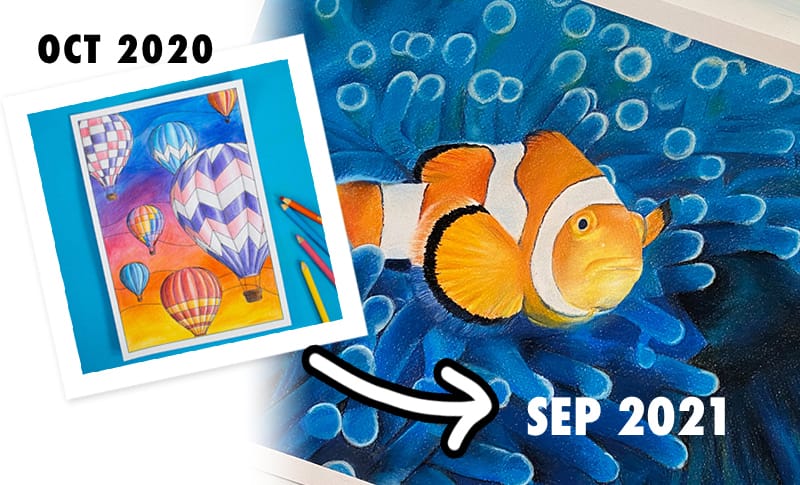
7. Buy Quality Supplies
You don’t need a fast computer to browse the internet, but it certainly enhances the experience (not to mention, it’s more efficient). The same is true when it comes to your art supplies.
Trying to create art with low-quality supplies can be frustrating, or worse, it may make you feel like you are the one holding your art back rather than your equipment. This could make you feel like giving up.
It’s like trying to cut with a blunt knife – it’s not impossible, but a sharp knife will give you better results with far less effort and allow you to focus on building the skills that matter instead of spending all your time working against your tools (and it’s safer too!).
Quality supplies will allow you to focus on building the skills that matter, rather than working against your tools.
Quality doesn’t always mean the most expensive though – there are plenty of mid-range options in art supplies that will give you a decent quality tool without breaking your budget.
My YouTube channel has many recommendation videos for pencils, paper, sharpeners, and other tools to suit your medium and budget. Here are some of my other articles that might help you decide which supplies are best for you.
One of the biggest upgrades to my skill development was changing the paper I used. For years I told people that paper didn’t really matter, but I noticed a huge difference in my art when I started using better-quality paper, even if I was only using budget pencils! Here’s an article where I compare some of the best papers available.
If you can’t afford the best tools right away, don’t let this stop you. Use what you have. You CAN create with anything… like this example where I tested Crayola against the expensive Caran d’Ache!
I go a little more in-depth about how to make cheap colored pencils draw like they’re expensive in this article. There’s a secret to it 😉.
There are a lot of great affordable alternatives to expensive brands that provide a way for beginner artists to get started without having to start with supplies that are totally rubbish. But when you’re ready to get serious, start saving up for at least one quality set of whatever medium you are working with. It can become a great goal to work towards and can really lift your enjoyment when you have the best tools for the job. And remember, don’t be afraid to use them! You don’t need to reach a certain level of skill before you’re “allowed” to use quality supplies. Use them early and often, you will learn a lot.
These tips are for you and me
Remember that mastering any craft takes time. I’ve slowly learned to be patient with myself, and I hope you can learn to do the same. It can be frustrating when things aren’t going right, and you just can’t bring that image in your mind to your paper, but you will get there! We were all beginners at some point, and your growth isn’t a race. Only compare yourself to yourself yesterday and keep taking steps towards your goals. You can do it. I believe in you 👊.
… Oh! I almost forgot. One last pro tip! Always, alwaysss keep your paint water AWAY from your drinking water… 🤦♀️😂.
What other tips would you add to this list? Please let me know by leaving a comment!
If you enjoyed this blog, you may also enjoy:
How to Blend Colored Pencils: The Best Method for Beginners.
Blending colored pencils is a skill every artist should learn, and in this blog, I teach you the BEST blending method for beginners that I use almost every time I draw. You don’t need solvents, you don’t need extra tools – all you need is a set of pencils. Click here to read.
5 Easy Tips to Instantly Improve Your Coloring Pages.
If you’ve ever found yourself wondering why your adult coloring pages just don’t look as good as the ones you see online, then this blog post is for you. We’re going to go through five easy tips that anyone can do that will help your coloring pages go from OK to amazing. Click here to read.
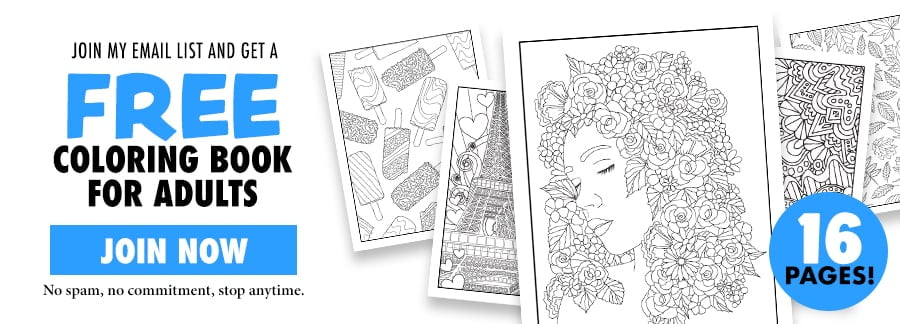

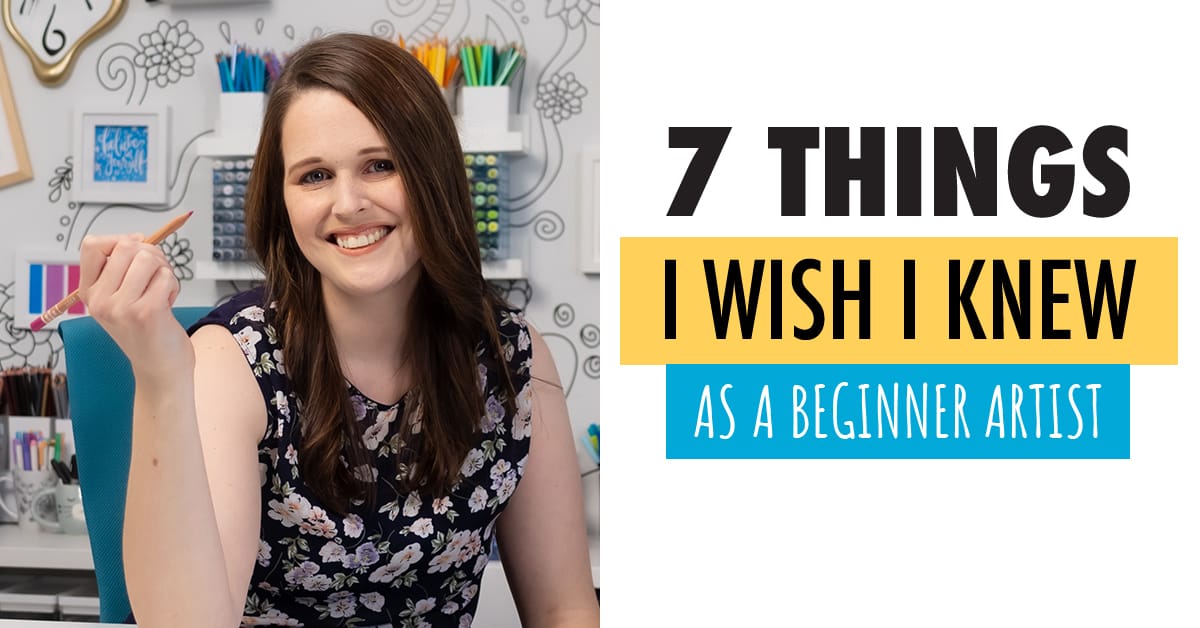




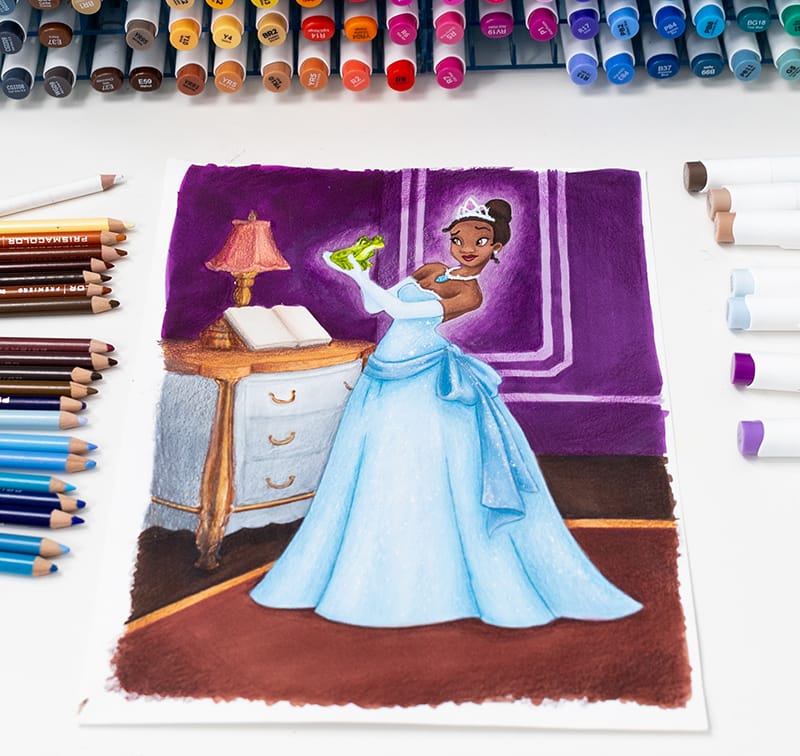
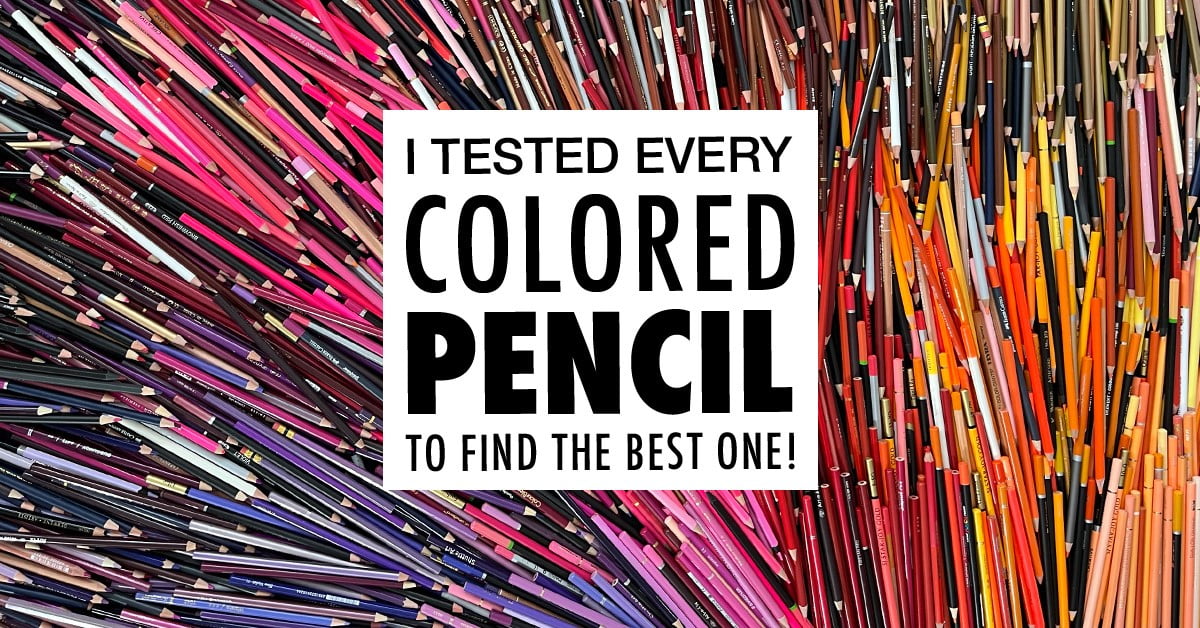
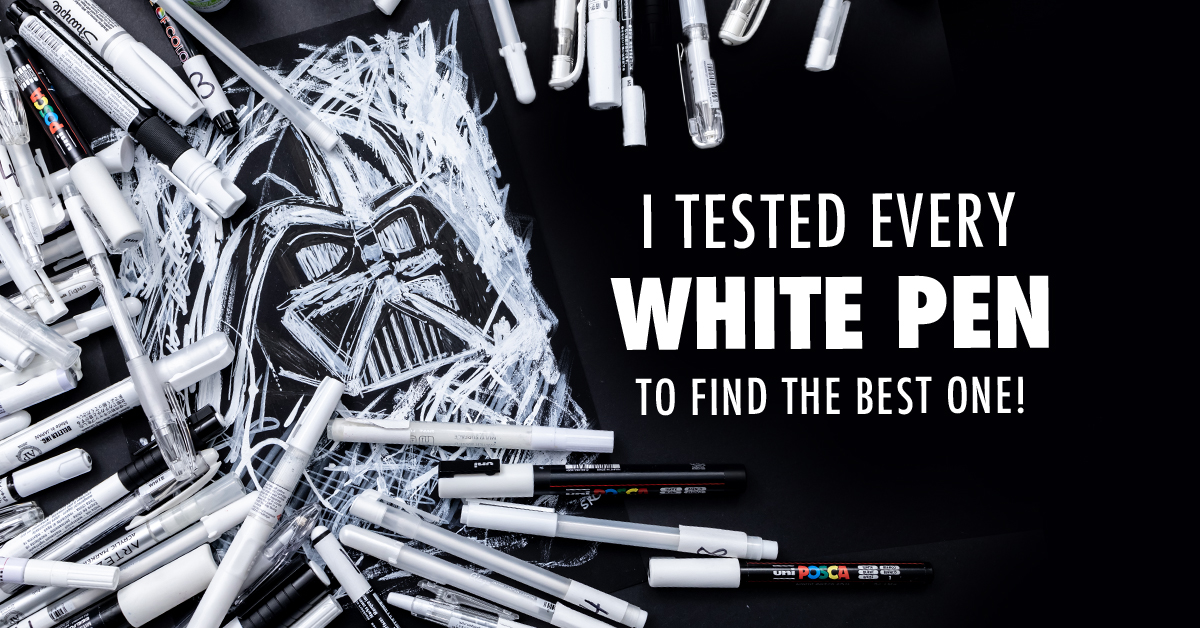
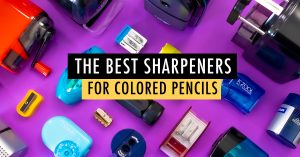
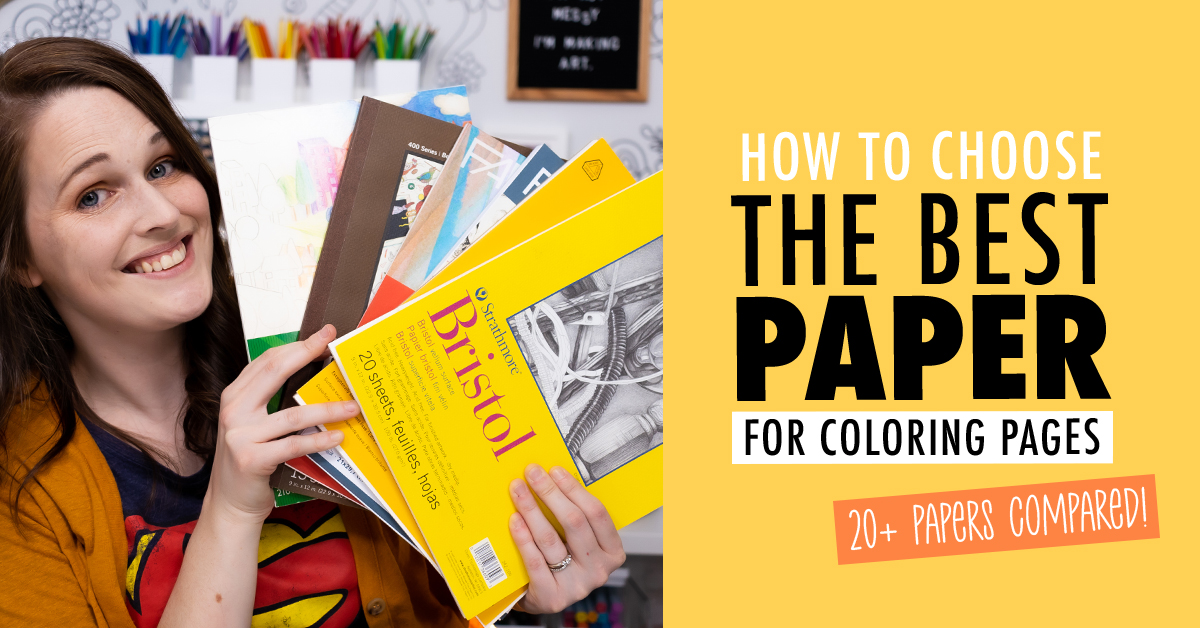
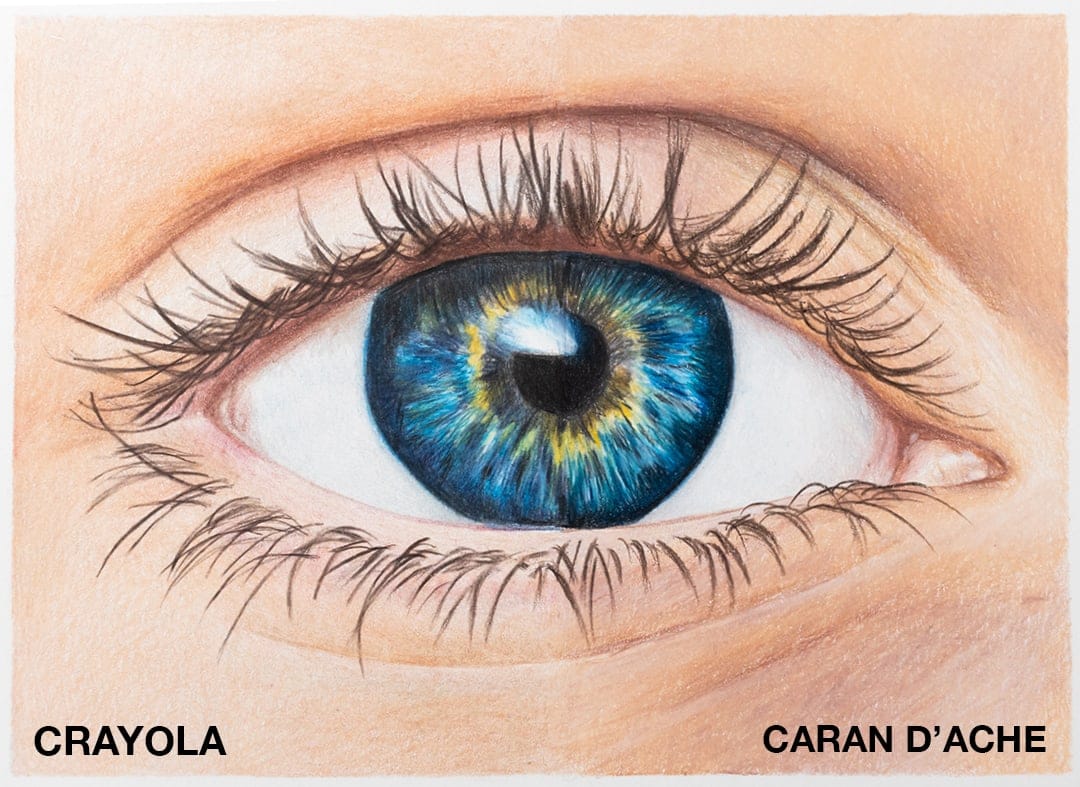

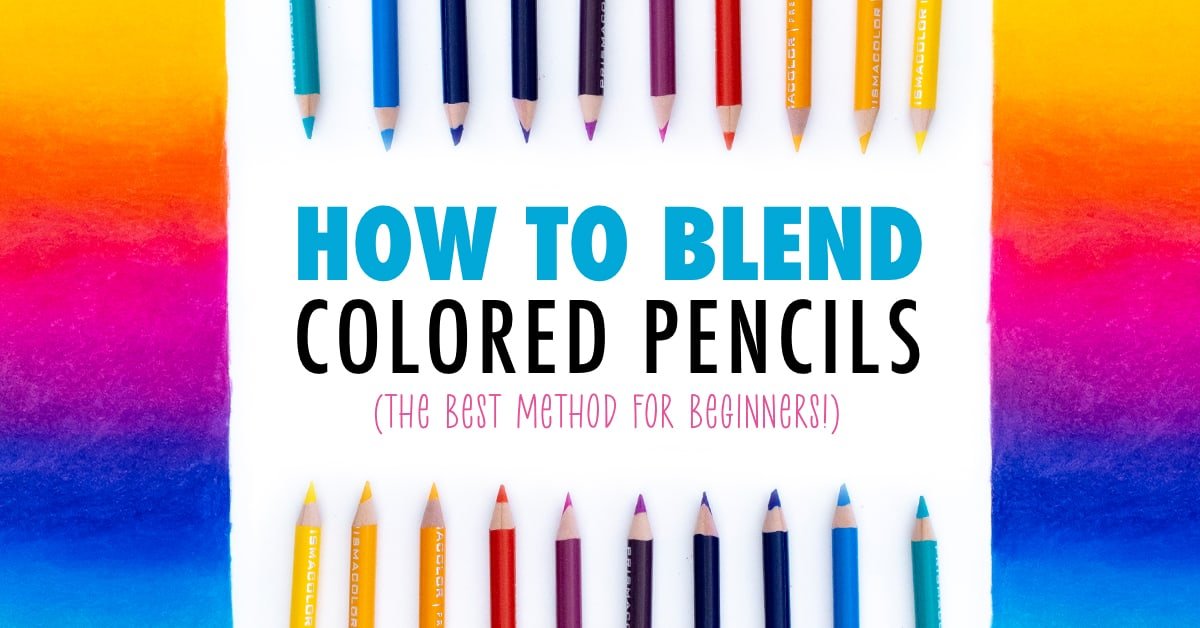
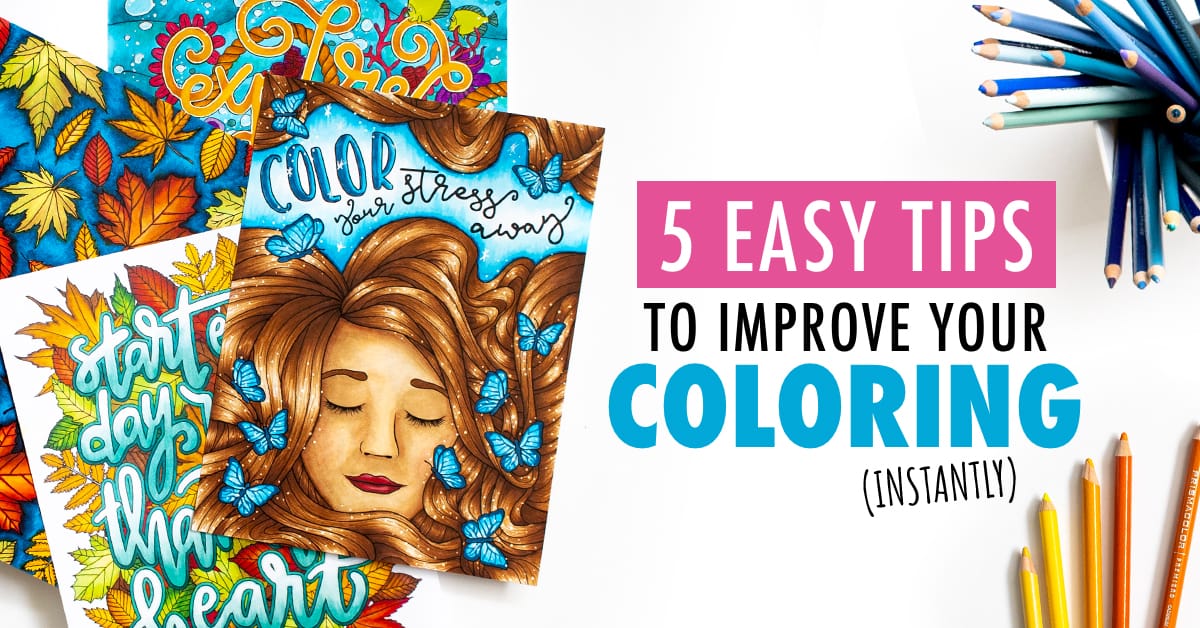
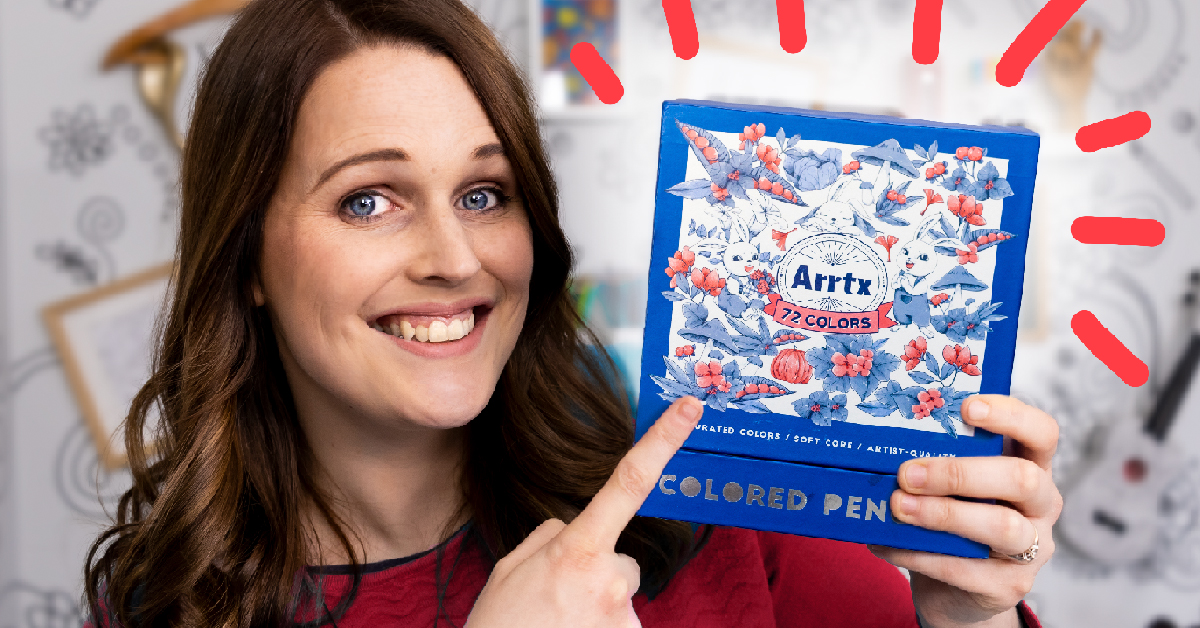
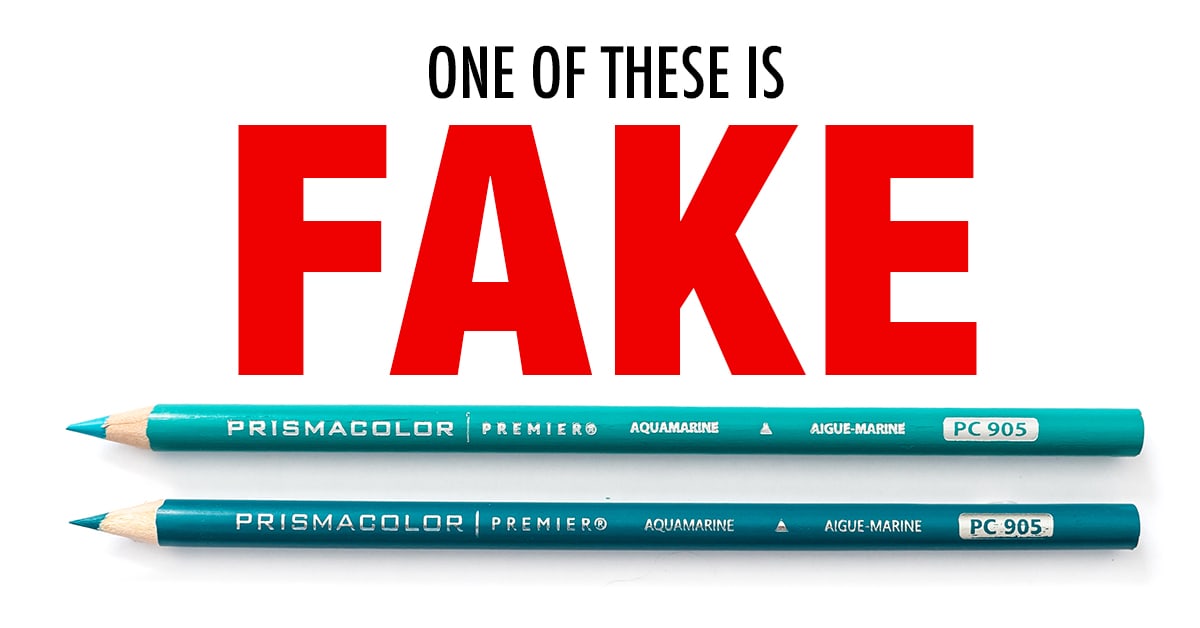
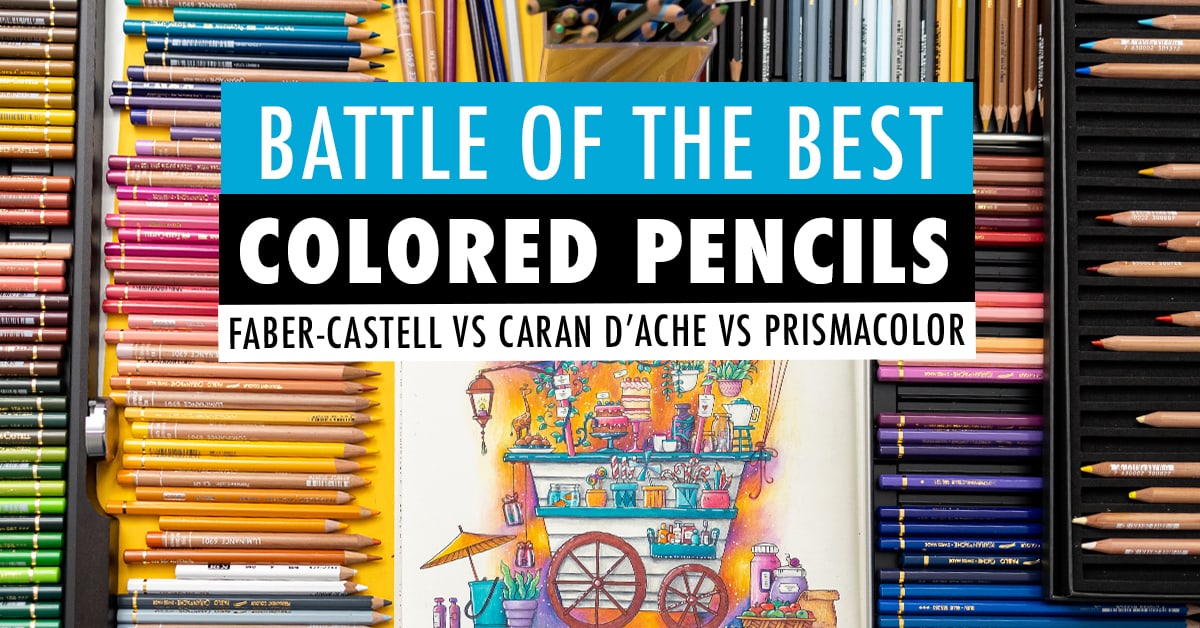
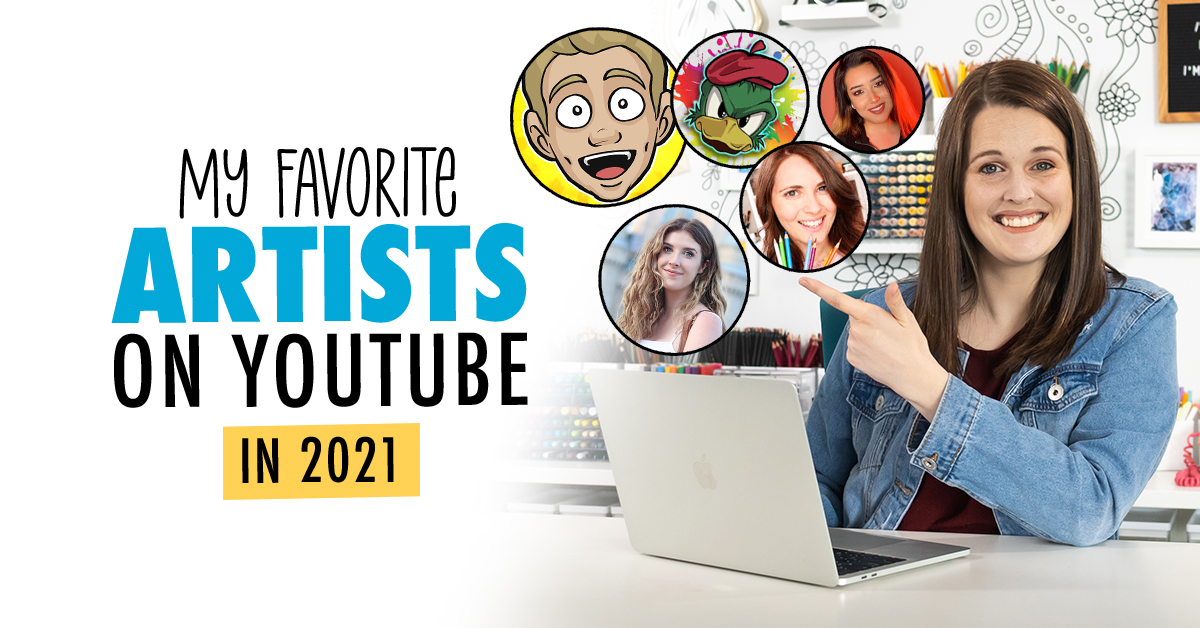
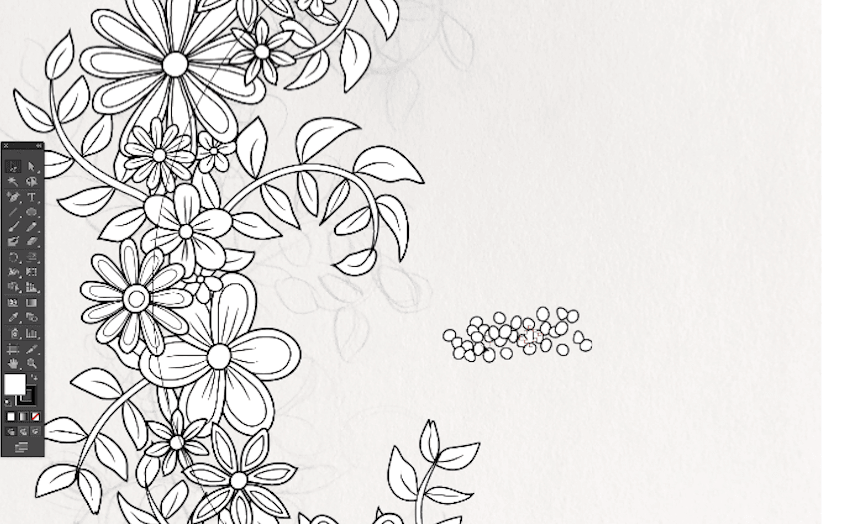
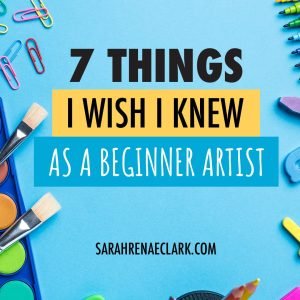
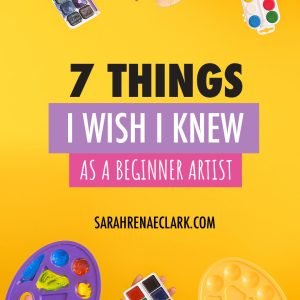
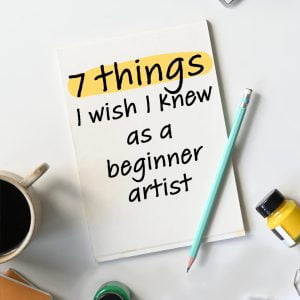
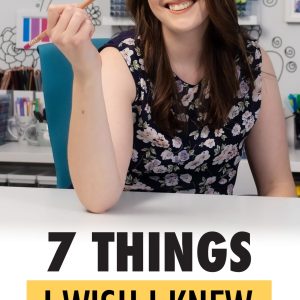
Leave A Comment